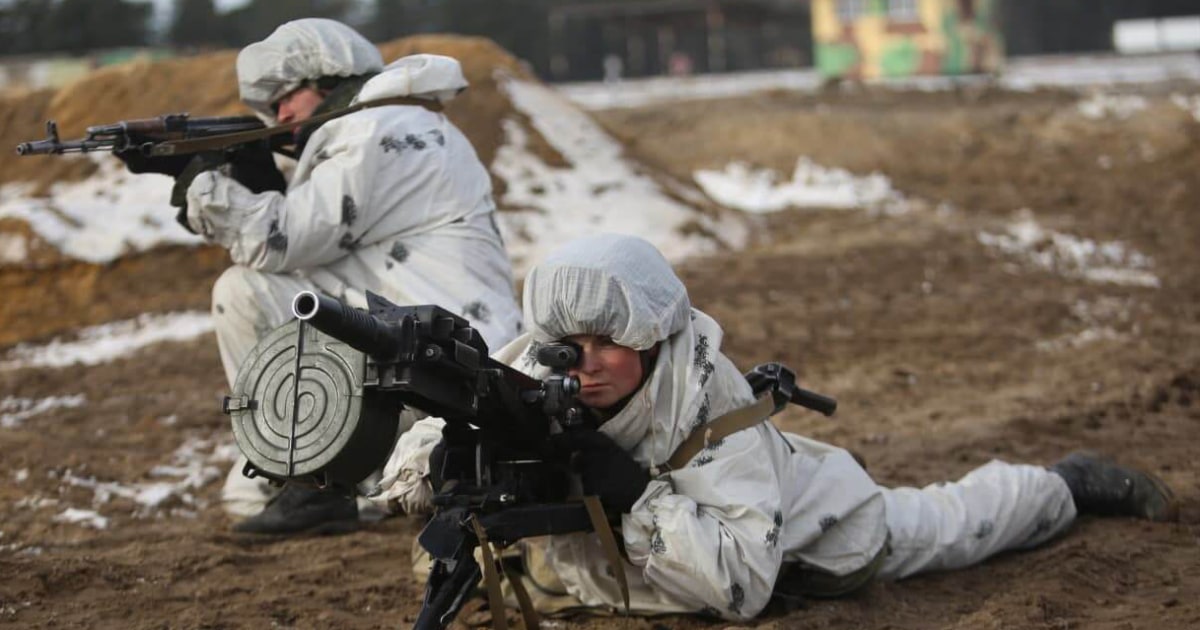
At the Senkivka border crossing in northern Ukraine, nothing is out of the ordinary. Trucks pass through, carefully negotiating the icy conditions at the intersection with both Belarus and Russia.
But across the border in Belarus, thousands of Russian troops have been deployed for military exercises that the Kremlin has said will be a rehearsal in repelling external aggression. NATO said Thursday that up to 30,000 Russian troops are expected to be there for the drills.
Russian President Vladimir Putin has also amassed more than 100,000 troops near Ukraine’s eastern and southern borders, raising fears that Europe is standing on the precipice of all-out war. The U.S. and its European allies have warned for weeks that a Russian invasion could be imminent.
Were this to happen, Oleksandra Stupak, a border guard in Senkivka, told NBC News Wednesday that she would most likely be the first line of defense.
“We don’t want war,” she said. “There are no provocations right now. What will happen in the future, no one can tell.”
While she said she was confident her country’s armed forces would come to her aid, in the surrounding region there is no sign of the Ukrainian military, no buildup of heavy weapons, just miles and miles of frozen, snow-covered countryside.
Stupak added that the tensions were making her nervous, but that she had not personally witnessed any aggressive activity.
Moscow denies it’s planning to attack the former Soviet state, but in a series of bold security demands, the Kremlin has urged NATO to deny membership to Ukraine and other ex-Soviet countries and to roll back its military deployments in Central and Eastern Europe, claiming NATO expansion poses a serious threat to Russia.
Putin said Tuesday that the U.S. and NATO had ignored these demands and accused them of using Ukraine as “a tool” in its efforts to contain Russia and lure it into war.
As trucks lined up near the Senkivka border crossing and around four hours drive from Ukraine’s capital Kyiv, a couple of big rig drivers said they were concerned by the situation.
“Everyone is worried, anything can happen,” said one, Pyotr Kyrlyk, adding that he was driving to Moscow and returning home to the Moldovan capital, Chisinau, via Belarus.
“Who’s not afraid of Russians? Let’s be honest,” added Kyrlyk, 61.
For Andriy Zagorodnyuk, Ukraine’s former defense minister, the 600-mile northern border with Belarus is a zone of risk.
There are currently around 250,000 people in Ukraine’s armed forces, although President Volodymyr Zelenskyy, who has repeatedly called for calm and tried to downplay the threat of invasion, on Tuesday signed a decree to increase the size of Ukraine’s armed forces by 100,000 troops over three years and raise soldiers’ salaries. He said this was not because invasion was imminent, but to build a professional army in Ukraine.
Ukrainian government forces have been battling separatists, supported by the Kremlin, in the country’s east, since 2014, after Moscow annexed Ukraine’s Crimea and backed breakaway forces in Luhansk and neighboring Donetsk. The violence has killed some 14,000 people since then, according to the United Nations.
This leaves the northern border vulnerable, even though it has historically served a largely administrative, rather than defensive role, Zagorodnyuk said.
During the 2014 crisis Belarusian President Alexander Lukashenko stepped in to mediate and brokered the Minsk Protocol, a peace deal between Russia and Ukraine named after his country’s capital.
But relations with Ukraine deteriorated after Lukashenko cracked down on protesters after the widely disputed 2020 presidential election, which was criticized by the U.S., European Union and the government in Kyiv.
Lukashenko, who has maintained his grasp on power for 27 years, then looked for support from Russian President Vladimir Putin, who helped to prop up his regime and granted Belarus a $1.5 billion loan in September 2020.
Dubbed “Europe’s “last dictator” by some, Lukashenko recognized Crimea as legally Russian late last year.
Lukashenko “is an ideal proxy for Russia, because he essentially depends on Russia,” Zagorodnyuk said. “That’s why for us, it’s an additional risk.”
The military exercises were worrying because they would likely put command and control systems in place, he said. Once this was the case, he added, Russia could start an invasion “at any minute.”
“I’m not saying that they will start any minute, but the readiness to do so obviously raises risks,” he said.
Erin McLaughlin and Shira Pinson reported from Senkivka, Ukraine, and Yuliya Talmazan from London.

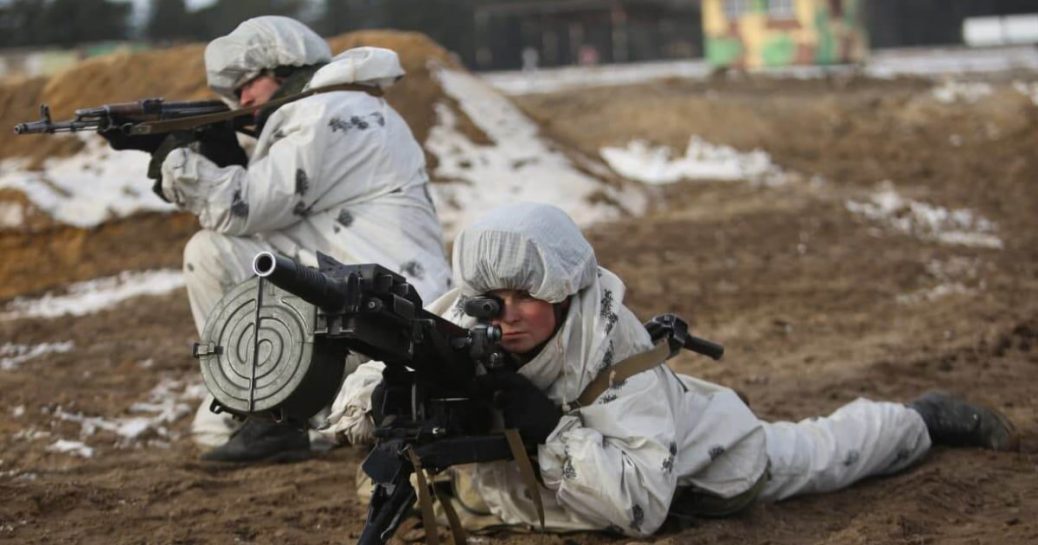
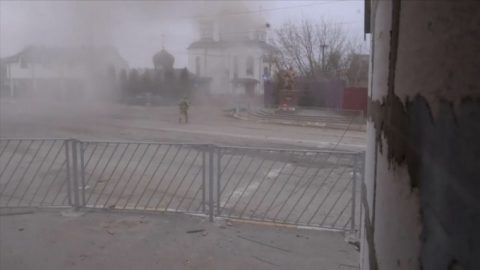
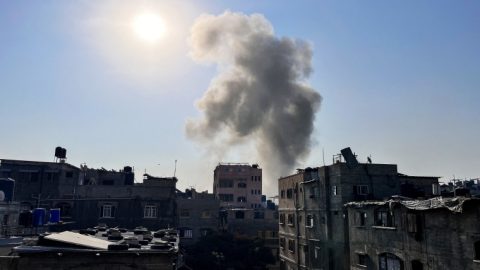
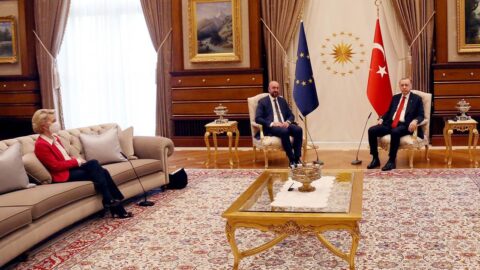
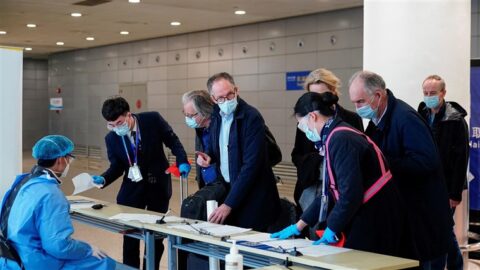
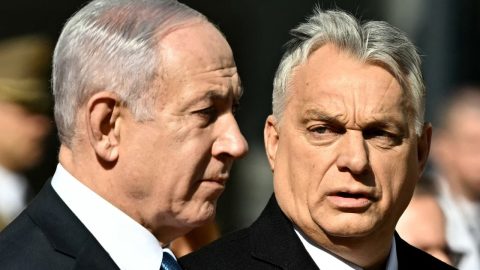
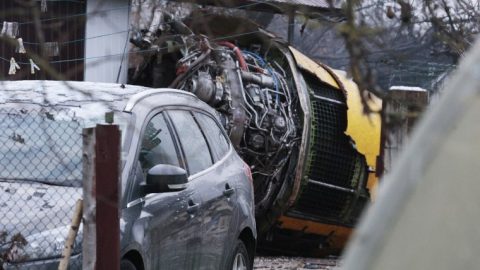

Recent Comments